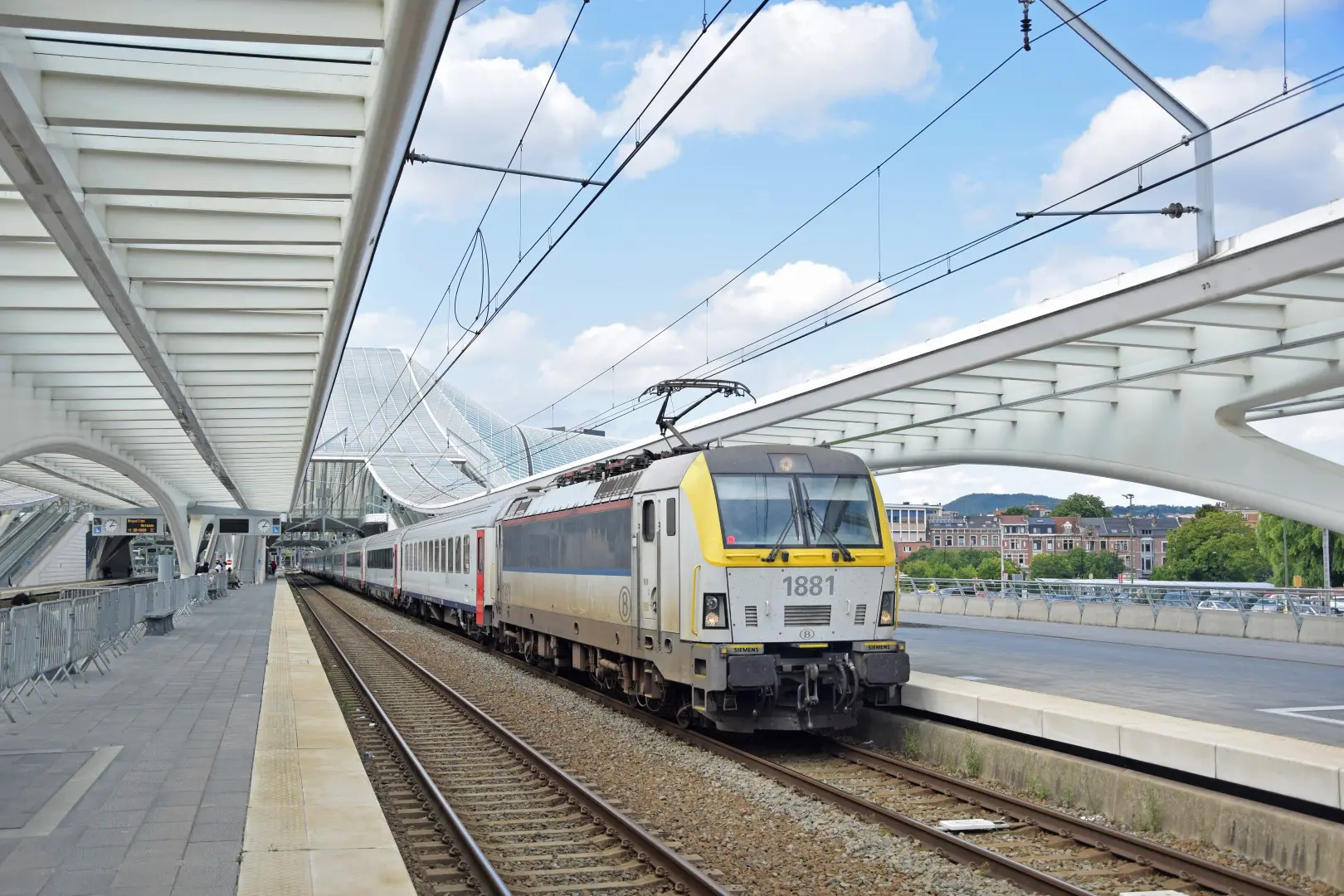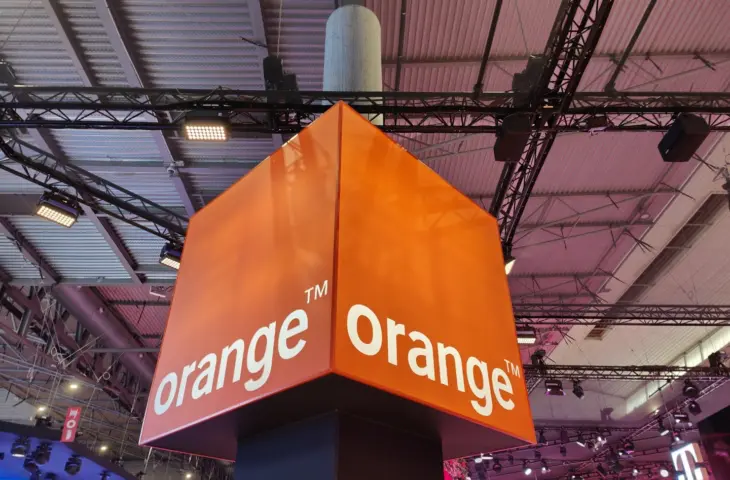Belgium is Finally Ready for ‘Real’ 5G. Orange Demonstrates How 5G Standalone Networks Lay the Foundation for Digital Infrastructure at the Port of Antwerp, Defense, and NMBS.
Orange is Not Playing a Minor Role at the MWC Exhibition. It’s One of the Few European Companies Positioned in the Same Hall as Microsoft, Samsung, Lenovo, and Other Giants of the Global Tech Industry. While They Mainly demonstrate Their AI Technology, Orange Emphasizes the Importance of 5G Standalone Networks for Europe.
The Slow Rollout of 5G in Europe Has Been a Concern for Orange and Its Competitors in the Telecom Sector for Years. 5G Lays the Foundation for Digital Infrastructure, and Without a Solid Foundation, a House is Unstable. Together with Several Belgian Clients, Orange Demonstrates the Importance of 5G (Standalone) for Europe.
From ‘False’ to ‘Real’ 5G
To Put It Mildly, Belgium Had a Difficult Start with 5G. Political Debate Meant That Belgian Telecom Operators had to wait a long time to Start Building Their 5G Networks. This delay Is Gradually Being resolved, Explains Philippe Toussaint, CTO of Orange Belgium.
“We Had to Rely on a 4G Core for Our 5G Network for a Long Time. Now We’re Switching to ‘Real’ 5G Where 5G Is Present Right to the Core of the Network. This Offers Many Advantages in Increasing the Capacity and Speed of the 5G Network. We’re Finally at the Beginning of 5G Standalone in Belgium. 5G Standalone Is Still in Its Infancy, but by 2026 We Aim to Achieve Full National Coverage on All Our Sites”.
The Difference with the 5G Networks Your Phone Connects to Is in the Back-End. Towers with 5G Antennas Can Already Handle 5G Frequencies (and Speeds), but the Underlying Protocols That Enable Network Slicing, for Example, Require New Infrastructure.
During a Brief Tour of the Orange Booth, We See Some Use Cases Made Possible by ‘Real’ 5G. A Vehicle That Looks Like a Tank Immediately Catches Our Attention. Our Guide Explains That This Vehicle Is Equipped with Temperature Sensors to Predict the Risk of Forest Fires. A Drone Is Parked on the Vehicle That Raises an Alarm in Time Before a Destructive Sea of Flames Can Break Out. It Would Be Quite a Shock If We Encountered This Vehicle During a Forest Walk.

Extended Hand
Orange Invites Organizations to Work with 5G Themselves. The Telecom Operator Focuses on Developing Network APIs for Software Developers to Integrate 5G-Based Services into Their Applications, Without Requiring Extensive Knowledge of Telecom Infrastructure. The APIs Fit Within the GSMA’s Open Gateway Initiative and the Linux Foundation’s Open-Source Camara Platform, Which Aim for More Standardization in European Telecom Networks.
Orange Makes Its APIs Directly Available to Developers, but Also Collaborates with Other European Operators to Deploy Them Globally. Ericsson, Vodafone, and Verizon, Among Others, Have Joined the Project. “The Code lays an Abstraction Layer over the Network Equipment and Is Independent of a Provider,” Explains Werner De Laet, Chief Enterprise Officer at the Telecom Operator.
We Had to Rely on a 4G Core for a Long Time, but Now We’ve Switched to ‘Real’ 5G.
Philippe Toussaint, CTO Orange Belgium
Xavier Pichon, CEO of the Belgian Branch of Orange, Takes Over. “Everyone Is Welcome to Participate in Camara. It’s Not Meant as a Competition: The Broader the Standard Is Embraced, the Better. However, Security Is Crucial in the Development of APIs.” One Party That Seems to Decline Orange’s Invitation Is Major Competitor Proximus. Proximus Announced a Collaboration with Nokia Around Offering Network APIs in the Week of MWC.
Smart Waterway
The purpose of the press briefing is primarily to demonstrate the added value of 5G Standalone in practice. Nothing works better than letting customers tell it themselves. Under the approving eyes of Pichon, Toussaint and De Laet, Wim Dillen, Business Development Manager at Port of Antwerp-Bruges, testifies how 5G is being applied in the port.
The collaboration between Orange and the port goes back several years. In 2019, the Port of Antwerp was one of the first locations in Belgium where Orange installed a 5G test network. Since then, the port has become a true playground for digital gadgets, as we discovered last summer. Applications range from drones flying over the port to sensors guiding ships to the right quay. “Without 5G, all these applications would not be possible,” says Dillen.
read also
Orange Brings ‘Real’ 5G to the Port of Antwerp, the Belgian Military and SNCB
“We are in the process of developing a secure ‘digital sensory system’ in the port,” he continues. “Four priorities are central to us: localization, identification, authorization, and signaling. We have large amounts of data that we can use with 5G for a smarter and safer port. The next phase is to link that data to intelligence and coordination”.
The 5G applications are not limited to the ports in Antwerp and Zeebrugge. In collaboration with Dutch provider KPN, Orange is setting up a ‘smart waterway’ connecting the Belgian ports all the way to Liège with the port of Rotterdam. This ensures that boats do not lose connection en route. Dillen: “Optimizing just one link in the chain has limited value”.
Hybrid warfare
The friendly atmosphere turns deadly serious when it’s Lieutenant Colonel Gunther Godefridis’ turn. “Hybrid warfare threatens the digital security of our country. Everyone must be able to use the digital infrastructure safely,” Godefridis opens. His words are not exaggerated, as recent Russian cyberattacks on the Belgian government make clear once again.
In 2022, Defense established a cyber command to better arm Belgium against this hybrid war. Godefridis: “Fortunately, we are not in a state of physical war, but we must realize that it is not a time of peace either. Cybersecurity has no borders: state actors carry out complex attacks and cybercrime-as-a-service increases the scale. We organize exercises with partners to prepare them for different types of threats, but the army itself must also be prepared for attacks”.
Last year, Orange set up a pilot project with Defense for the deployment of a highly secure 5G communication network that remains available in all possible situations. “5G can be an important strategic asset, but it should not become a vulnerability in itself. That’s why we primarily look at European solutions,” says Godefridis.
5G is a strategic asset, but should not become a vulnerability in itself.
Gunther Godefridis, Lieutenant Colonel Defense
Linda
A third 5G case that Orange demonstrates is in collaboration with the Belgian railway company SNCB. Those who have taken the train in Belgium, will have cursed the quality of the mobile network. Not only commuters, but also train conductors and drivers benefit from a stable network.
In 2020, NMBS started a pilot project with LINDA, a new system to optimize and make the departure procedure safer. Previously, there was little to no communication possible between driver and conductor, so the driver had to trust that all the procedures had been carried out correctly for departure. Nowadays, conductors wear a kind of smartwatch with which they can signal the driver when they can depart.
The project is experiencing growing pains. “Network overload can cause signals to not be transmitted or to be transmitted late. Especially during peak hours in crowded stations, it can happen that the capacity is used up by passengers’ devices. With 5G Standalone, we can filter the traffic more efficiently,” explains De Laet.
The test is a textbook example of network slicing: an important capability of 5G that allows a piece of a network to be isolated. De Laet: “This allows us to prioritize SIM cards of train personnel and isolate them with geofences. This significantly reduces the risk of disruptions in communication between the driver and conductor. We are starting with a pilot project in four stations where the network is traditionally crowded”.

